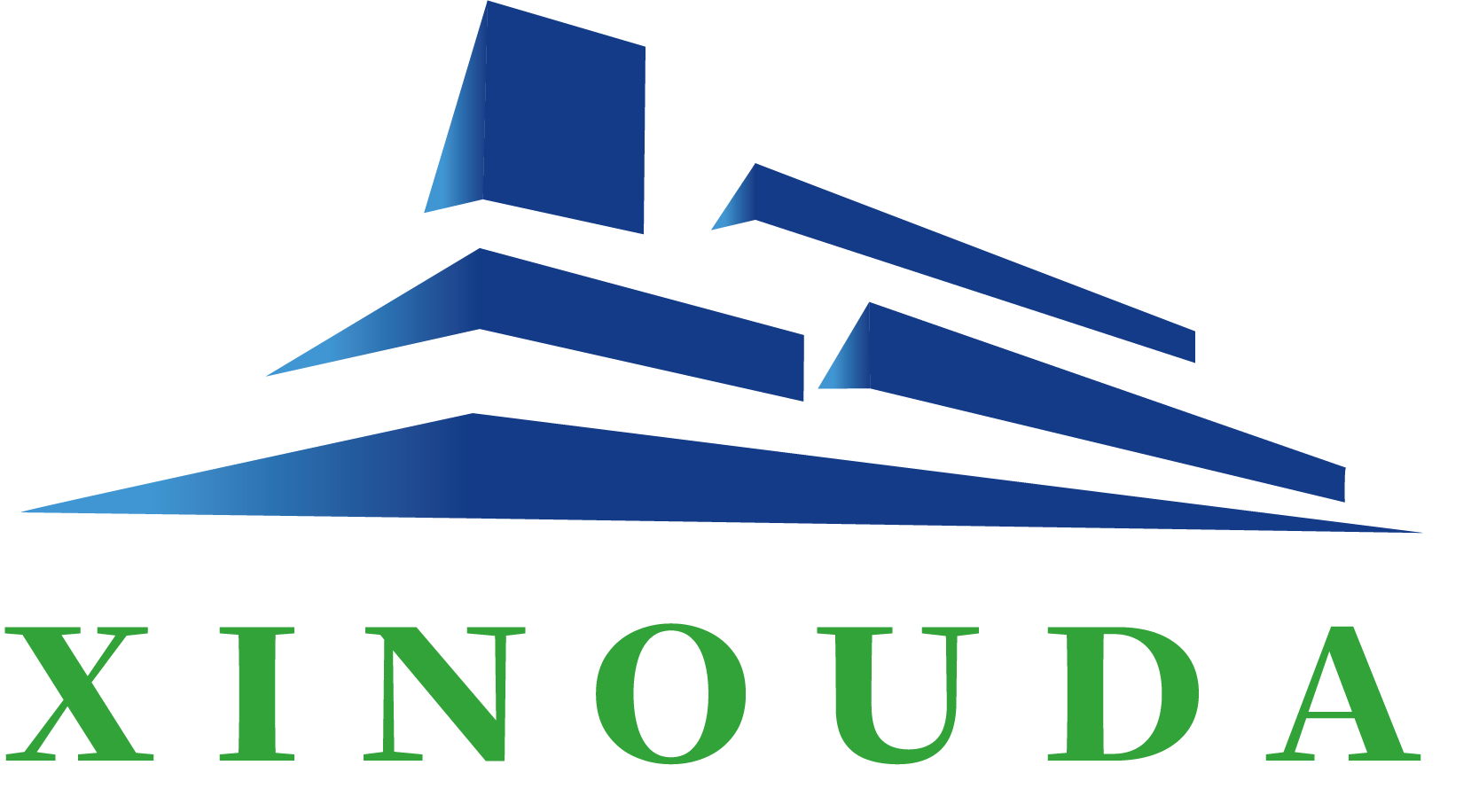Pop-up container homes have disrupted the modular construction space delivering a lot of benefits in one bundle. These edifices help with one of the most pressing problems–housing shortages and commercial space needs, especially in urban and distant parts. Their potential to halve (or even more) the time it takes to build a human habitat compared to building one using traditional methods makes them a valuable asset to developers keen to get humans on the moon as quickly as possible.
What Is an Expandable Container House?
Expandable container homes are structural concepts with a difference, consisting of converted steel shipping containers that can be retracted into their own walls, with pop out extensions up to 60% of the occupied hospitality space. They are portable rather than stationary and include a preinstalled electrical system, plumbing, and insulation. Top rated companies use anti-corrosion coatings and insulation breaks to withstand all weather conditions.
How Expandable Units Differ from Standard Container Homes
| Feature | Expandable Units | Standard Container Homes |
|---|---|---|
| Space Efficiency | 80-120% livable area gain | Fixed dimensions |
| Deployment Flexibility | Adjustable configurations | Permanent foundations |
| Cost per Sq. Ft. | $95-$145* | $110-$180* |
*Price ranges reflect 2024 industry averages for turnkey units.
Expandable models prioritize adaptability through telescoping frames and multi-axis expansion mechanisms, enabling businesses to repurpose units for temporary offices, disaster relief housing, or pop-up retail spaces without structural compromises.
Growing Popularity in B2B and Real Estate Sectors
Corporate take-up of expandable container units rose by 30% per annum between 2021-24, thanks to their combined value as temporary workspaces and long-term rental properties. Hospitality chains use them as eco-resorts, delivering a 42% faster ROI than traditional construction. What often happens is this: Relish developers use their zoning rights to circumvent time consuming permit approvals, especially along popular urban corridors.
The global market is projected to grow at a 14.2% CAGR through 2030, fueled by hybrid work models and green building mandates.
Cost-Efficiency and Financial Advantages
Initial Investment vs. Traditional Construction
Expandable container houses reduce upfront costs by 30–50% compared to brick-and-mortar construction. While a standard 1,500 sq.ft. home averages $300k–$450k, a similarly sized expandable unit starts at $45k–$75k. Prefabricated designs cut build timelines from 12–18 months to 8–12 weeks.
Material Savings and Prefabrication Benefits
Steel container frames reuse industrial materials, reducing structural expenses by 25–35%. Factory assembly ensures precision, with 15–20% less waste than traditional builds. Modular components streamline onsite work, lowering labor hours by 40–60%.
Long-Term Operational Savings
Corrosion-resistant steel exteriors require 70% less upkeep than wood or concrete, saving $1,200–$2,500 annually in maintenance. Energy-efficient designs cut HVAC costs by 30–50%. Solar panel integration further reduces grid dependency.
Case Study: Budget Breakdown
A Scandinavian developer achieved a 23% lower total cost with expandable units:
| Cost Component | Traditional Build | Expandable Unit | Savings |
|---|---|---|---|
| Materials & Labor | $92,000 | $68,000 | $24,000 |
| Utilities Installation | $18,000 | $12,500 | $5,500 |
| Annual Maintenance | $4,200 | $1,800 | $2,400 |
Return on Investment and Market Demand Trends
Rental Yield Potential
Expandable container houses achieve 6-9% gross rental yields in urban markets and 12-15% in remote areas, thanks to portability and rapid assembly.
Resale Value and Depreciation
Steel-based structures depreciate 20–30% slower than traditional homes, retaining ~65% of their value after 15 years.
Break-Even Timeline
A 2022 Scandinavian case study shows a 3.8-year payback period, with 85% occupancy within 6 months.
Global Market Growth
The modular housing sector is projected to grow at 8.5% CAGR, with expandable units capturing 32% of this growth.
Sustainability and Environmental Impact
Recyclability and Reduced Waste
Steel containers support circular economies–95% of their material can be recycled. Prefabrication cuts construction waste by 35–50%.
Lower Carbon Footprint
Expandable homes generate 20–30% fewer CO₂ emissions during production and reduce heating/cooling energy needs by up to 60%.
Renewable Energy Integration
Solar panel-ready roofs and smart sensors optimize off-grid capabilities, with potential for 85% energy self-sufficiency in temperate zones.
Challenges and Considerations
Structural Durability
Properly maintained units retain structural integrity for 25+ years, with reinforced models showing 37% less deformation in extreme weather.
Insulation and Moisture Control
Premium spray foam installations reduce energy leakage by 62%, but moisture management remains critical.
Regulatory Hurdles
63% of U.S. municipalities lack specific codes for container-based housing, creating approval delays. However, markets like Texas and Florida have streamlined processes.
Industry Paradox
While demand grows at 15.2% CAGR, 41% of architects report projects delayed by code interpretations, highlighting regional variances in acceptance.
FAQ
What are expandable container houses made of? Expandable container houses are made from steel shipping containers with additional features like preinstalled electrical systems, plumbing, and insulation.
How do expandable container houses compare in cost to traditional construction? These homes typically reduce upfront costs by 30-50% compared to traditional construction methods.
Are expandable container houses environmentally friendly? Yes, they are highly recyclable, reduce construction waste, and can integrate solar panels for energy efficiency.
What is the lifespan of an expandable container house? Properly maintained expandable units can retain their structural integrity for over 25 years.
Table of Contents
- What Is an Expandable Container House?
- How Expandable Units Differ from Standard Container Homes
- Growing Popularity in B2B and Real Estate Sectors
- Cost-Efficiency and Financial Advantages
- Initial Investment vs. Traditional Construction
- Material Savings and Prefabrication Benefits
- Long-Term Operational Savings
- Case Study: Budget Breakdown
- Return on Investment and Market Demand Trends
- Rental Yield Potential
- Resale Value and Depreciation
- Break-Even Timeline
- Global Market Growth
- Sustainability and Environmental Impact
- Recyclability and Reduced Waste
- Lower Carbon Footprint
- Renewable Energy Integration
- Challenges and Considerations
- Structural Durability
- Insulation and Moisture Control
- Regulatory Hurdles
- Industry Paradox
- FAQ


